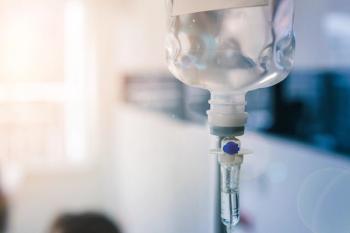
AAMI Journal Probes Challenges of Medical Device Recalls
PRESS RELEASE
November 25, 2014 -- A medical device recall can create a lot of headaches for both manufacturers and the healthcare technology management (HTM) professionals in hospitals in charge of the equipment. With the number of recalls on the rise, how can facilities ensure they are prepared? The cover story in the latest edition of AAMI’s peer-reviewed journal, BI&T (Biomedical Instrumentation & Technology) provides some answers.
Medical device recalls rose a staggering 97% between fiscal year (FY) 2003 to FY 2012, according to a report released by the U.S. Food and Drug Administration (FDA) earlier this year. The agency has three risk-based classifications for recalls. While the biggest increases were seen in the moderate risk Class II category, Class I recalls, which involve devices that pose the greatest risk to patients, represented 5% of recalls in FY 2012, up from 1% in FY 2003.
The cover story examines the reasons behind the increase and looks at the roles of various stakeholders during a recall. “HTM professionals play an integral part in the recall process,” said Nadia Ayoubzadeh, director of Clinical Engineering Services at Allina Health in Minneapolis, MN. They are typically the key players in creating an effective process for healthcare facilities to handle recalls. And they serve as the liaison between manufacturers and the end users.
The recall landscape promises to change thanks to the FDA’s new unique device identification (UDI) system, which will require all medical devices in the United States to have a distinct identifier. The system, which is being phased in over several years starting this past September, is expected to keep better track of the use and distribution of medical devices and equipment, crucial factors in ensuring speedy and effective recalls.
To help healthcare delivery organizations manage recalls, the article includes a list of nine best practices developed by several experts, covering everything from documentation to disposal of recalled products.
The article also provides an overview of efforts that can be taken by manufacturers and regulators to prevent recalls. And it summarizes the FDA’s latest guidance on the difference between a device recall and an enhancement.
In addition to the cover story, the latest BI&T features an interview with AAMI President Mary Logan on present and future association activities, as well as an article by a HTM professional who ran a biomed department as a one-man operation.
AAMI (
Newsletter
Stay informed on drug updates, treatment guidelines, and pharmacy practice trends—subscribe to Pharmacy Times for weekly clinical insights.


















































































































































































































